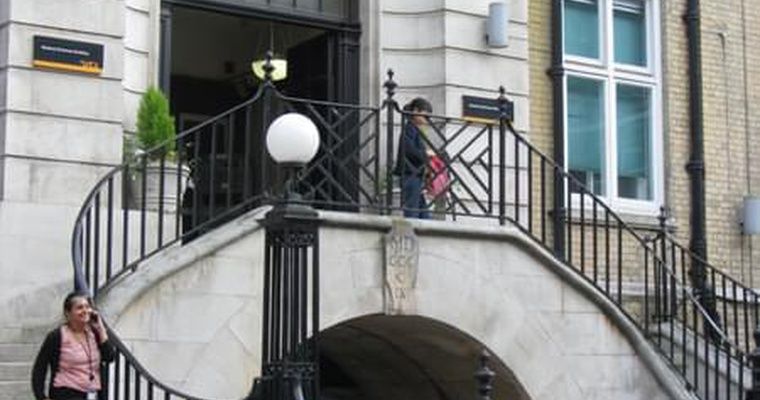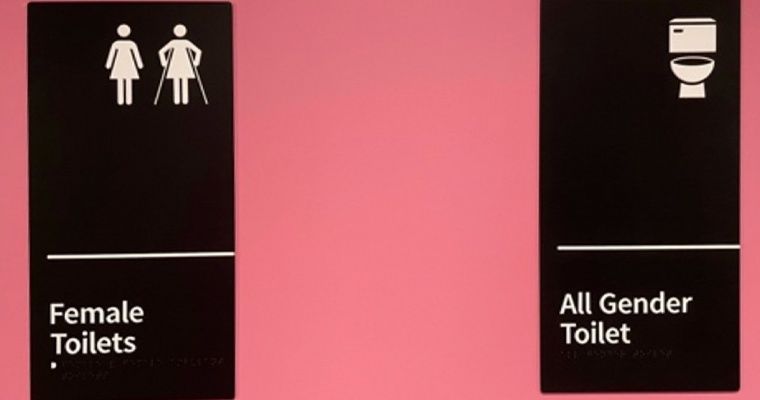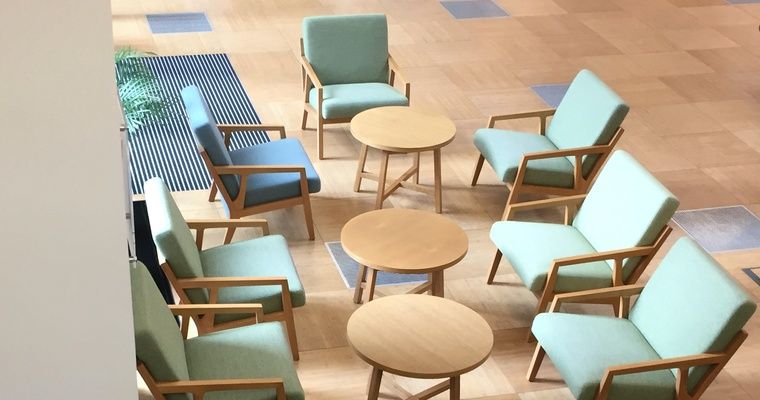How much study space is enough?
Research
Over that time there’s been a gradual shift in the way non-timetabled (informal) learning is accommodated, beginning with a few carrels in the library to scattered social study spaces to standalone study hubs, culminating in the current practice of surrounding large and centrally timetabled teaching space with multiple study areas and cafes, a most spectacular example of which is the recently opened James McCune-Smith Building at The University of Glasgow. This building accommodates up to 2,500 students in informal study spaces wrapped around a central core of large tiered and flat floor teaching spaces. It is spacious, light-filled and awe-inspiring, with an equally impressive price tag of £90 million.
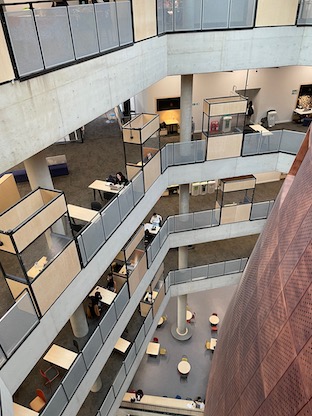 James McCune-Smith Building, The University of Glasgow
James McCune-Smith Building, The University of Glasgow
Murdoch University’s Boola Katitjin building in Australia ($AU 134 million) takes a similar approach, with large, tech-supported teaching spaces adjacent to high quality informal learning and social areas in a spectacular, award-winning building.
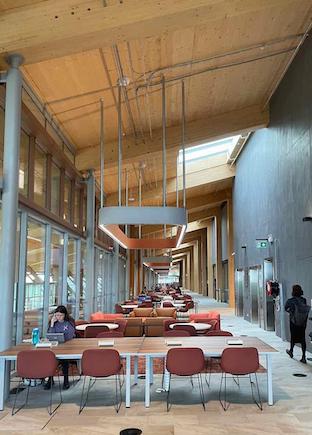 Boola Katitjin, Murdoch University
Boola Katitjin, Murdoch University
While pre-recorded lectures and collaborative seminars are now standard in higher education, most of these new generation ‘Teaching and Learning buildings’ (as they are commonly named) still include large lecture theatres of 400-500 seats as well as several medium capacity flat-floor interactive spaces. The much-anticipated death of the lecture theatre has not materialised yet: with significant growth in enrolments at many institutions, it has simply not been feasible to teach all students in small classes because of staffing, time and space constraints. And locating ample informal areas next to teaching spaces provides students opportunities to interact with their peers and lecturers immediately before and after classes, rather than scattering to the library and other areas of campus. Other examples of this new Teaching and Learning building typology include facilities at Monash University ($AU265 million), University of Birmingham (£24 million), University of Warwick (£19 million), University of Strathclyde (£60 million) and many others. These are not cheap to build, operate and maintain.
The suggested amount of floorspace informal learning in higher education (such as the Australian TEFMA Design Guidelines) has ballooned from just a fraction of a square metre per full time student to several square metres, which begs the question – how much is enough? Providing these spaces is a bit like building roads – new areas are much anticipated, greatly appreciated and filled to capacity almost immediately. “Finding a seat” is almost always the most common issue relating to study space in our Campus Experience Index, and our research indicates that the availability of informal learning space is central not only to learning outcomes and keeping students on campus, but also to feelings of belonging.
But while keeping students on campus and providing more efficient centrally booked teaching space are obvious and necessary goals, it seems unlikely that the current level of investment in large new facilities such as these can continue unabated, despite their popularity. In an economically constrained environment with a focus on low-carbon solutions, many universities will need to actively address backlog maintenance and pursue the more efficient measures of refurbishment of existing facilities to provide the spaces that student need to learn formally and informally.

